How to Master the Process from Sourcing to Selling and Boost Sales with Dynamic Pricing

Starting an online business is an exciting journey, but choosing the right products can make all the difference. Whether you're working with manufacturers, wholesalers, or dropshipping partners, effective product sourcing is key to your success. For Shopify Plus users, this process is made even easier with powerful apps and tools that not only help you connect with suppliers but also boost your profits by using dynamic pricing strategies.
In this article, we’ll cover the basics of product sourcing, introduce Shopify apps that simplify the process, and explore how PriceMole can enhance price monitoring and dynamic pricing strategies to help you boost profits in your eCommerce store.
What Is Product Sourcing?

Product sourcing refers to the process of finding products to sell to your customers. You can purchase these products from manufacturers or wholesalers or create custom products tailored to your store. Some businesses opt for the dropshipping model, where the supplier manages the inventory and ships products directly to customers, removing the need for upfront inventory costs.
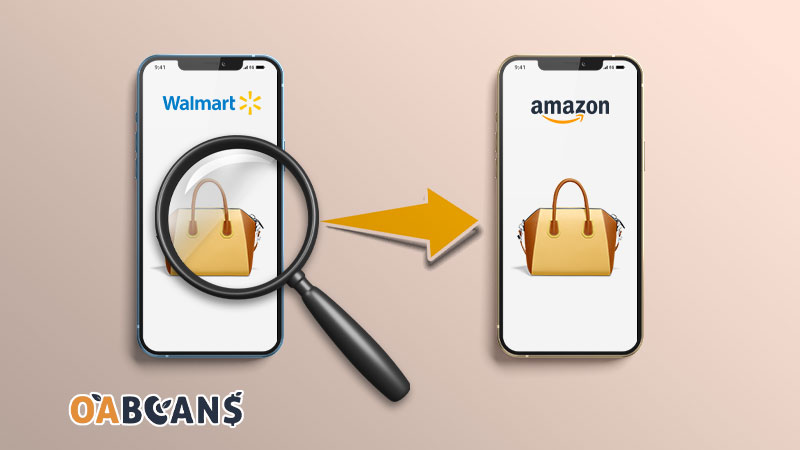
An example of product sourcing from Walmart to Amazon is retail arbitrage. For instance, you find a fashionable bag at Walmart for $15 and notice it's selling for $30 on Amazon. By buying it from Walmart and reselling it on Amazon, you can profit from the price difference. After fees and costs, you might make an $8 profit per sale, especially when using dynamic pricing to optimize your margins.
Where to Source Products

Finding the right products for your Shopify Plus store is a key decision to impact your business’s success. There are several methods for sourcing products, each with its advantages and challenges. Below are the most common options, along with their pros and cons:
1. Wholesalers - Purchasing products in bulk from wholesalers can be an effective way to fill your inventory quickly and reduce costs. Buying wholesale typically allows you to take advantage of significant discounts, increasing your profit margins. However, this method also requires managing large stock quantities, so you’ll need ample storage space and a system for fulfilling orders. Additionally, you’ll need to handle shipping logistics, which can add complexity as your business grows.
Pros: Lower product costs, quick inventory access, and higher profit margins.
Cons: Requires storage space, inventory management, and shipping operations.
2. Dropshipping Suppliers - Is a popular method for Shopify Plus sellers because it eliminates the need for inventory management. With dropshipping, you partner with suppliers who handle the storage and shipping of products directly to your customers. You only purchase products after a customer places an order, making it a low-risk option. However, you have limited control over the shipping process and product quality, which can affect customer satisfaction if issues arise.
Pros: No need for inventory or storage, low upfront cost, and more scale-accessible.
Cons: Less control over product quality, longer shipping times, reliance on supplier performance.
3. Manufacturers - Working directly with manufacturers allows you to source private-label or white-label products. With private labeling, you can customize existing products and brand them. This can be a great way to differentiate your store in a competitive market. White-label products are pre-made, but you can still add your branding. However, sourcing from manufacturers typically requires a larger upfront investment and may involve higher minimum order quantities. You also need to oversee quality control and shipping logistics.
Pros: Ability to customize products, brand differentiation, and higher potential for exclusive products.
Cons: Higher upfront costs, minimum order requirements, and need for quality control.
4. Trade Shows - Attending trade shows allows you to see products in person before sourcing them. It’s also an excellent opportunity to build relationships with potential suppliers and stay ahead of industry trends. Trade shows allow you to negotiate directly with suppliers, often securing better deals or discovering new product ideas. However, attending trade shows can be time-consuming and may involve travel costs.
Pros: In-person product evaluation, networking opportunities, access to exclusive deals.
Cons: Time-consuming, travel expenses, and limited to event dates.
5. Create Your Own Products - If you have a talent or passion for creating your own products, this method can be a great way to build a unique and personal brand. Handmade or custom products allow you to offer something truly special to your customers. While this option can be rewarding, it can also be time-consuming, and scaling production may be difficult as demand increases.
Pros: Full control over product design, unique offerings, and personal touch.
Cons: Time-consuming, harder to scale, may require specialized skills or equipment.
By exploring these different methods of sourcing products, you can choose the one that best aligns with your business model and goals. Whether you want full control over your product line or prefer a more hands-off approach, there are options that fit every type of Shopify Plus store.
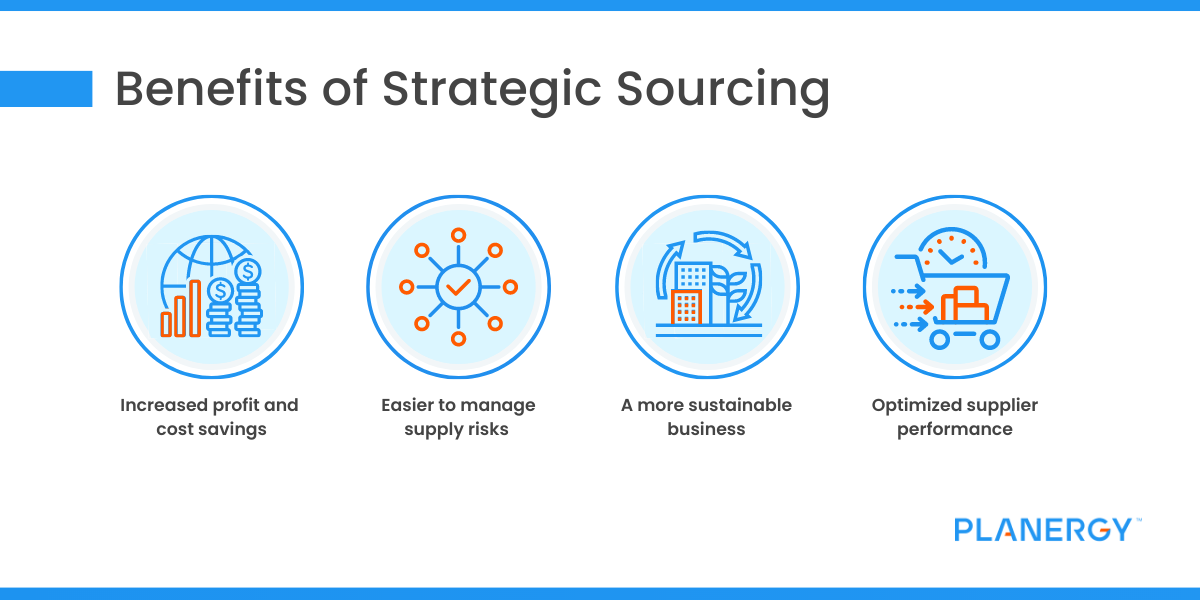
8 Shopify Apps for Product Sourcing
Here are eight Shopify apps that make it easy to source high-quality products:
- Faire: Connect with independent artisans and makers to find unique products. Faire vets suppliers, and you can take advantage of flexible payment options, such as buying now and paying later.
- Printful: This print-on-demand app lets you customize items such as apparel, phone cases, and posters with your designs, eliminating the need for upfront inventory.
- DSers: Perfect for dropshipping, DSers allows you to source millions of products from AliExpress and manage customer orders efficiently.
- Spocket: This app focuses on fast shipping times by connecting you with dropshipping suppliers, particularly from domestic markets.
- Syncee: Syncee allows you to import products from various suppliers globally, across different categories like fashion, electronics, and more.
- Creative Hub: Ideal for selling art prints, Creative Hub connects you with contemporary artists and offers customizable packaging options.
- My Online Fashion Store: A U.S.-based app specializing in women’s fashion, with over 6,000 products available and competitive shipping rates.
- Lulu Direct: For creators looking to sell custom books and calendars, Lulu Direct offers flexible printing and customization options.
Source: Shopify.com
Best Practices for Product Sourcing
Sourcing the right products takes planning. To succeed, consider these best practices:
- Conduct Market Research: Research customer preferences and emerging trends in your industry to select products that will perform well in your store.
- Request Samples: Before committing to a supplier, always ask for product samples to evaluate quality and determine if it meets your standards.
- Source Locally: Domestic suppliers can reduce shipping times and costs, providing a faster response to customer needs.
- Work with Multiple Suppliers: Relying on one supplier can expose your business to risks like stock shortages or delays. Building relationships with multiple suppliers ensures smoother operations.
These best practices will enhance your product sourcing process. Prioritize market research, evaluate quality through samples, source locally, and diversify your supplier base. By adopting a solid sourcing strategy, you'll find the right products and set the foundation for sustainable growth and customer satisfaction.
8 best places to find trending products to source:
- Reddit – Find product ideas in niche subreddits.
- Google Trends – Track rising product searches.
- Alibaba – Source bulk< items from manufacturers.
- Amazon – Use Amazon Suggest and Movers & Shakers.
- Shopify’s List – Leverage real sales data for trends.
- Expos/Trade Shows – Discover innovative products.
- Local Marketplaces – Save on shipping and customs.
- Social Media – Use platforms like Twitter and YouTube for trends.
Source: packsend.com
Price Monitoring, Dynamic Pricing, and Product Sourcing: How PriceMole Can Help
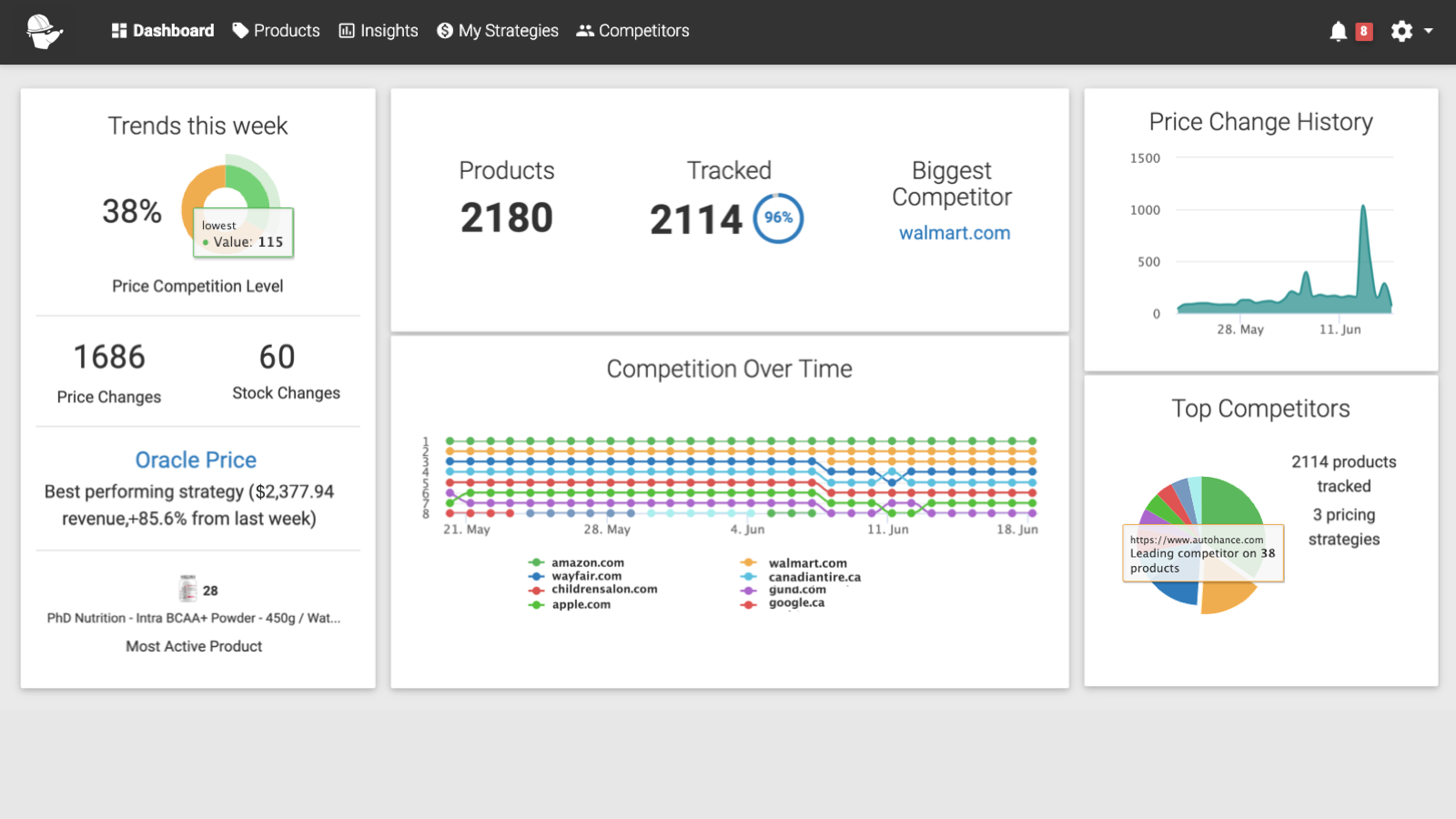
In the fast-paced world of eCommerce, effective product sourcing goes hand in hand with price monitoring and dynamic pricing strategies. As a Shopify Plus user, leveraging tools like PriceMole can significantly enhance your sourcing process and boost your profit margins.
Product sourcing is critical for ensuring you have the right products in your store. By combining it with PriceMole’s features, you can take a more strategic approach:
1. Identify Competitive Products
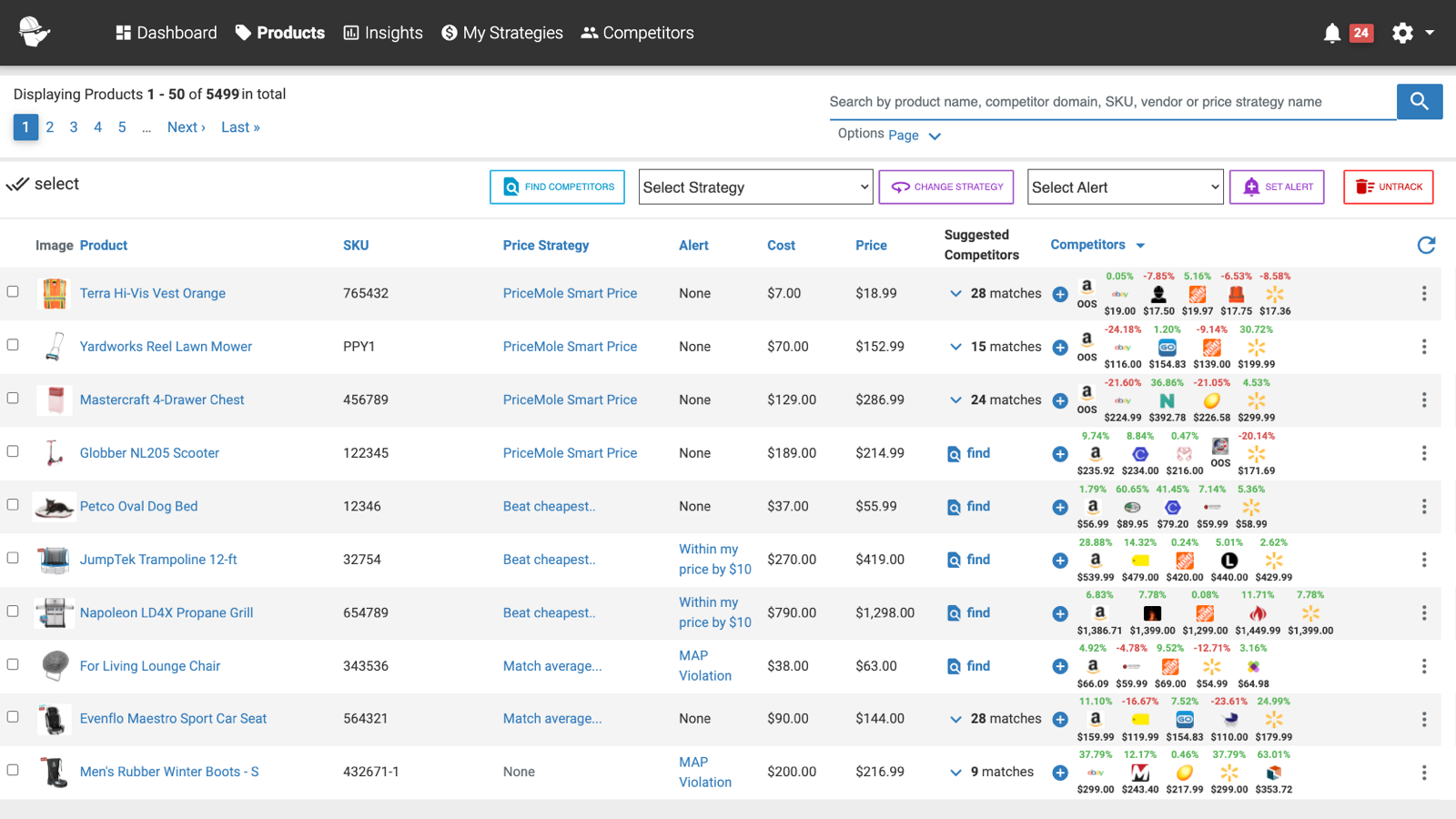
Use PriceMole Competitor Price Monitoring to gain insights on the products you’re sourcing. This tool helps you make informed decisions about your inventory, ensuring your offerings are competitive and appealing to your target audience. By closely monitoring competitors’ pricing strategies, you can adjust your prices in real time, a crucial advantage for Shopify Plus merchants managing large inventories and varying price points. Implementing PriceMole allows you to track competitor prices and market trends, keeping your pricing attractive to customers.
2. Dynamic Pricing Adjustments

PriceMole Dynamic Pricing allows you to adjust prices in real-time based on competitor activity and market demand. When you source products, you can use this data to set optimal pricing strategies that maximize profits while remaining competitive.
3. Reduce Pricing Errors

Automated price monitoring helps reduce human errors, ensuring your product sourcing decisions are based on the most accurate market data. This consistency enables you to balance sourcing quality products and pricing them effectively. You can also take advantage of PriceMole Oracle, an advanced AI tool that predicts future eCommerce trends and demand, maximizing your profits by providing insights into product prices, stock levels, and pricing opportunities. By leveraging this predictive analytics technology, you can dynamically adjust prices and optimize your pricing strategy.
4. Enhance Supplier Relationships
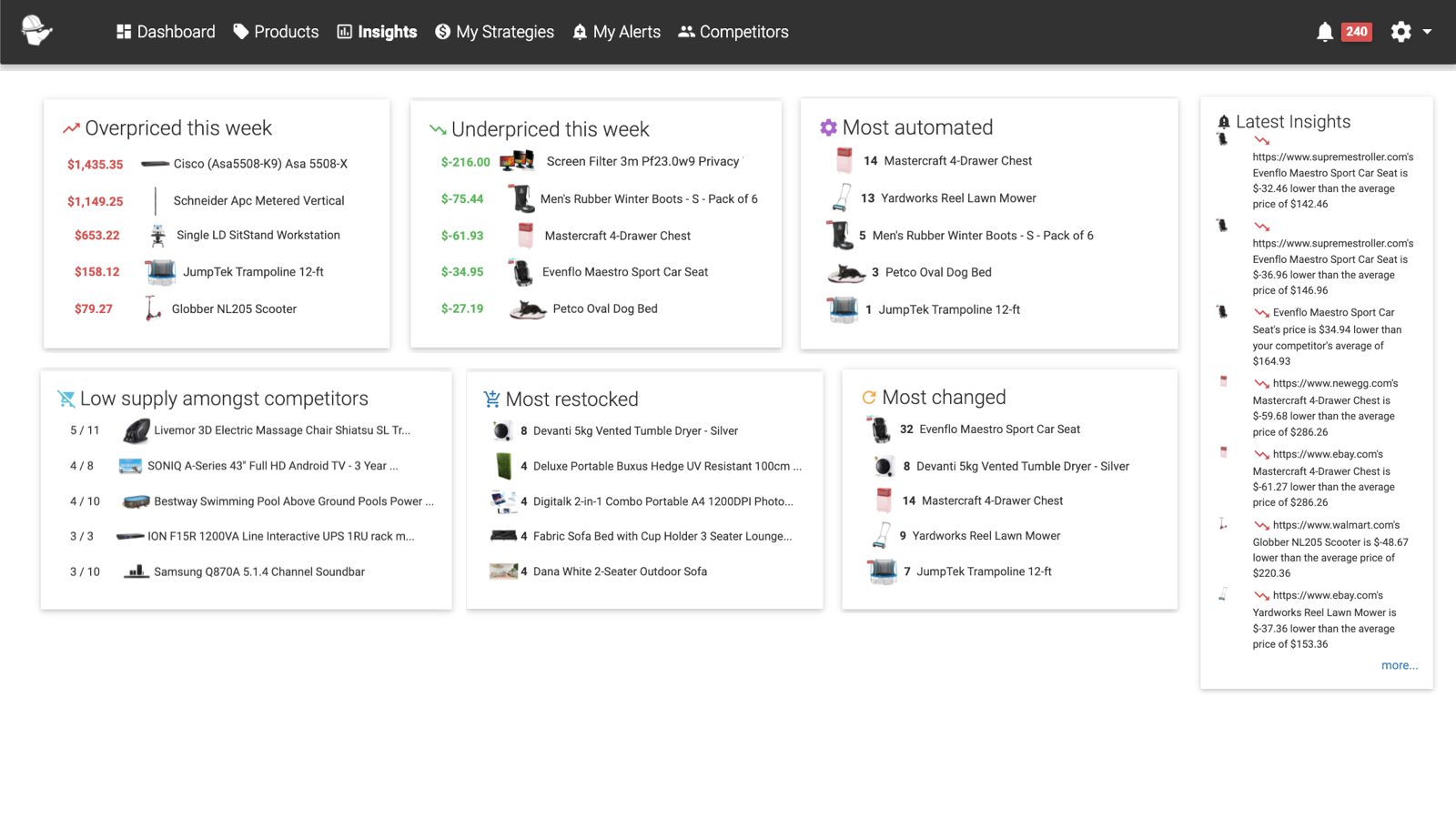
You can negotiate better deals with your suppliers by monitoring pricing trends and competitor actions. With PriceMole's data-driven insights, you can approach suppliers armed with data, potentially securing better pricing or terms based on market dynamics.
By integrating PriceMole’s capabilities in your product sourcing strategy, Shopify Plus users, and other eCommerce store owners can enhance their profitability while offering customers the best prices and products.
Conclusion
Product sourcing no longer needs to be a challenge, thanks to the variety of tools and apps available on Shopify Plus. By using the Shopify apps mentioned above and integrating PriceMole for effective price monitoring and dynamic pricing, you can position your store for success and boost sales. Whether you’re dropshipping or working with wholesalers, these strategies will help you build a sustainable eCommerce business.
Ready to take your store to the next level? Explore these product sourcing tools today and see how PriceMole can transform your pricing strategy! Contact us now!Check out our Website, Shopify, BigCommerce, Facebook, Twitter, and LinkedIn! Happy sourcing, and may your Shopify store thrive!